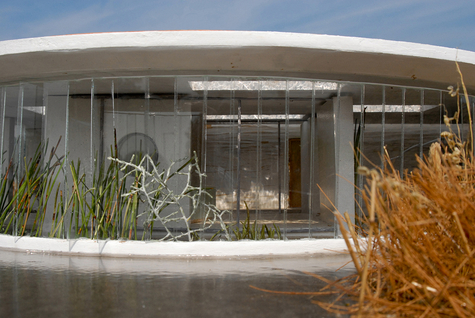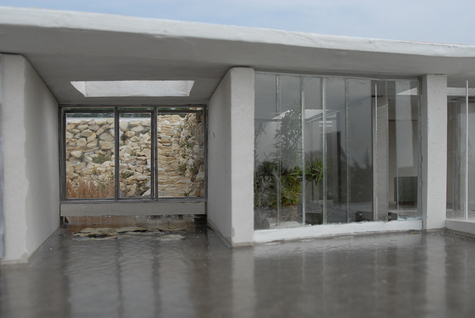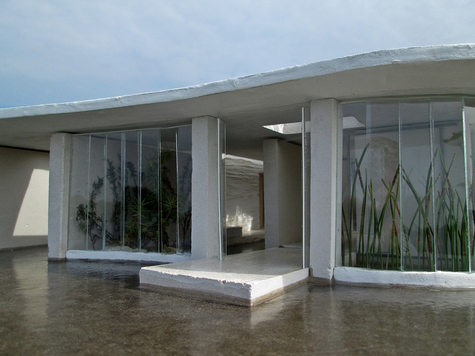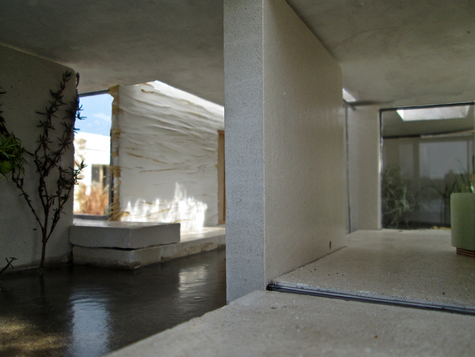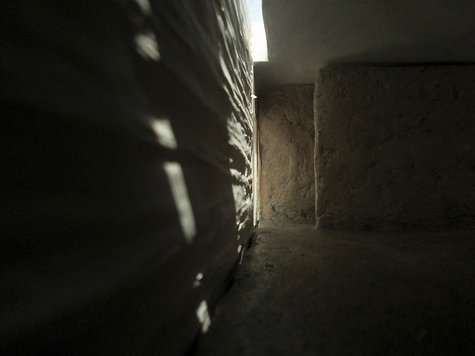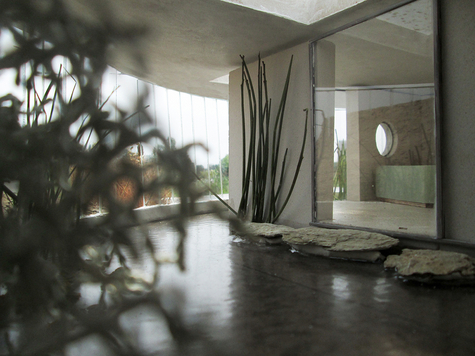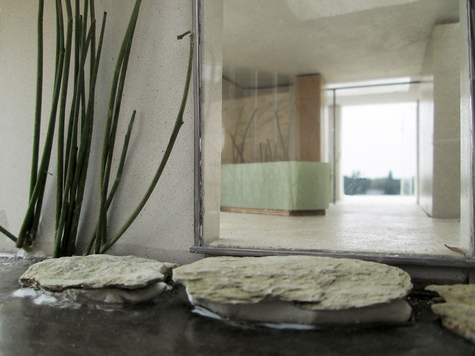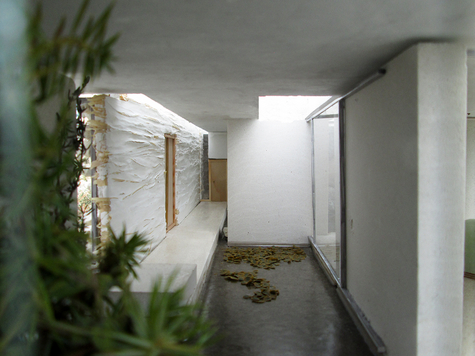Michiel Zegers
- Course
- Architecture
- Class
- 2016
Domus Botanicus, habitat introvert
Domus botanicus is about sensory architecture. Connecting human beings with the universe in which they live once again. The reflection of the clouds on glassy water on windless days or, conversely, the dancing restlessness of the waves that seem to want to escape the water in strong winds. The dancing of the reeds. Green and full of resistance in the summer, brown and flexible in the winter.
The low winter sun, the clear blue sky, tomorrow the weather will be beautiful, but tonight it will definitely be cold again.
‘The great challenge for architects is the re-sensualization, re-mythologization and repoetization of the human domicile.’
This quote from an article by Juhani Pallasma from 2000 is the essence of my graduation project. Every decision and step taken can be traced back to this. The quote is the essence, because it appeals to that which is immaterial. It is not only about the facts of architecture, but also about its consequences. That it is not only a third skin of our bodily functions, but that it is also a materialisation of our imagination, memory and our intellect.
The sensualization concerns the physical consequences of architecture. The stimulation of the senses. Making one feel what is hard and soft. The creation of a sense of security, or the glimpse of infinity instead. The shelter of a low ceiling, the sky that provides a high space. From a cold bedroom to a warm kitchen via a breath of wind and fresh air.
Mythologization concerns the immaterial.
Myths are stories that forge our awareness of who we are, how we ended up here and how we fit in the world around us. Stories full of symbolism and metaphors about humankind and the cosmos. Telling a story with architecture that can conjure up a world that could be ours. A world of contrasts and contradictions. The house can also be interpreted as a sequence of transitions, where the stillness and quickening of time are made tangible. Appealing to the associative power of humankind.
The poetry stems from playing with the ingredients and hierarchy of architecture. The domus (home) as a poem in which details sometimes play the lead role and the main aspects serve the minor elements. A door is a door, but can also be a passageway, or an opening. The difference between a casement and a window. A wall that borders or actually leads. Walls and spaces determine the form of the domus, the form not the walls and the spaces. The importance of levels of scale are interlinked.
This graduation project was a quest for the sensitization of architecture. Making the awareness of time tangible by stimulating the senses. Connecting with the here and now.
Commission members: Jan-Richard Kikkert (mentor), Marlies Boterman, Bruno Vermeersch. Additional members for the exam: Elsbeth Falk, Ira Koers.

